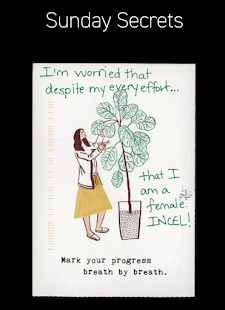What is Electronic Literature?
What is Electronic Literature?
These first two readings aim at explaining the field of digital literature and the many facets it encompasses. The field is explained to be ever-changing and cannot be contained or categorized by specific genres, although people try to configure labels. Works of digital literature combine different technologies and ‘genres’ to experiment with new modes of creativity, which is why it is hard to limit a piece of work to the categorization of just one genre. Experimentation is deemed an essential part of electronic literature and the readings specify that even failed experiments teach you and enrich your knowledge on the topic for future creation. Upon entering this class, I was very confused about what digital/electronic literature is. My first and only idea was that it referred to e-books, but now, having had two class periods and read these articles, I can see that it is much more fascinating and complex. The idea that it is always shifting and people are always learning and experimenting is very refreshing to me. One can hardly ever tire of this subject, as there is always something new to discover.
Marie-Laure Ryan’s book delves into the subject of virtual reality while also discussing other forms of electronic literature that precurse virtual reality. I found it intriguing that she refers to virtual reality as “total art.” I was only able to read some passages from the book, as it is much too long for me to read the whole thing at this time, but what I read left me with more questions than I started with. I did like that her book centers on virtual reality but also covers its predecessors along with other upcoming immersion technologies. I also found this line from the book to be thought-provoking, “immersion wants fluidity, wholeness, and a space-time continuum that unfolds smoothly as the imaginary body moves around the fictional world,” (pp. 352). The topic of immersion is something I have never before learned about, and another word that drew my attention within the book was hypermediacy. This word, as described in the book, has the goal of drawing the viewer’s attention back to the medium through a visual or textual style. Spookily, it is written that hypermediacy, “prevents seeping into the depths,” (pp. 352). Her book breaches interesting subjects within the world of digital literature and I’m glad to have selected it to bring to the table.


Comments
Post a Comment